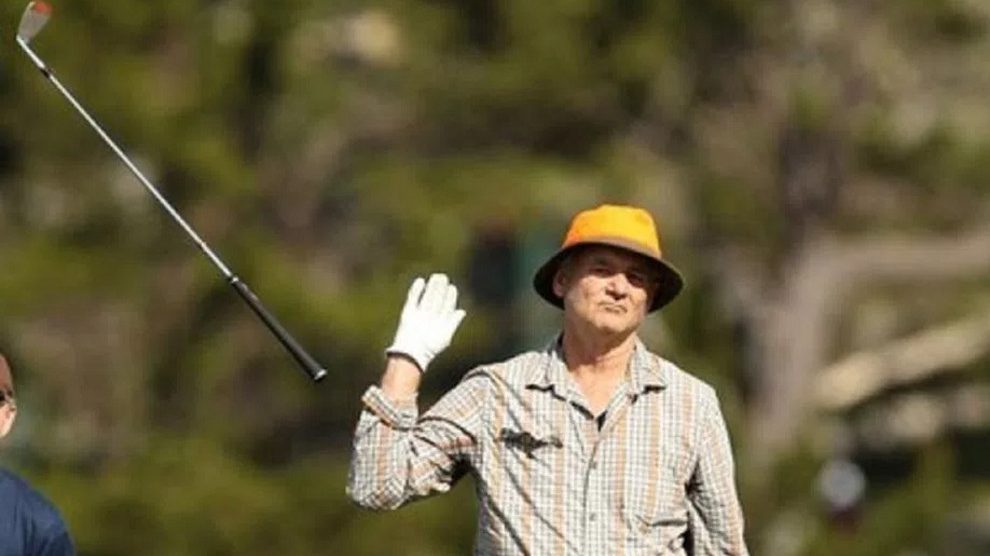When you're researching, testing and buying golf equipment, you hear a lot of golf equipment terms bandied about with the assumption that you know what they mean and what they mean for your golf game. Unless you're an equipment buff, that's probably a bad assumption.
So, we want to inform you on some golf equipment terms that will help you understand the physics behind how a golf club performs at impact. We'll define a trio of golf equipment terms not in a technical way but rather in a way that explains how they affect the golf club and you.
Moment of inertia: Moment of inertia, or MOI for short, is the resistance a club shows to twisting at impact. There are actually MOI ratings in multiple directions, however, the MOI figure that's important for golf is the rating (higher the better) that tells how is prevents twisting left and right. The better the MOI, the less likely you'll be penalized for an off-center hit in terms of both distance and accuracy. In many ways, MOI defines the forgiveness of a golf club.
Characteristic time: Characteristic time, or CT for short, tells you how long the golf ball stays on the club face at impact. It is a measure that tells us the elasticity of the materials in the club face (and golf ball for that matter). The longer the characteristic time, the more spring-like the face is. There is a maximum time regulated by the USGA and R&A, and it's CT limit is currently 239 µs (microseconds) plus 18µs for manufacturing tolerance, so a total of 257µs.
Coefficient of restitution: Coefficient of restitution, or COR for short, is a measure that tells you how much energy is transferred from the golf club to the golf ball at impact. It's a measure of club and material efficiency. If a club were totally efficient, COR would be 1. However, the USGA and R&A limit maximum coefficient of restitution to 0.83, meaning 83 percent of energy from a club can be transferred to a ball at impact.

